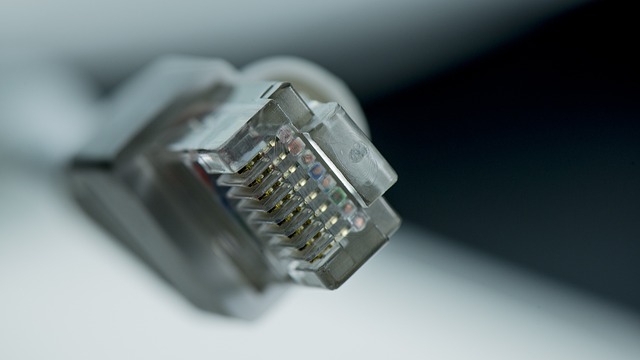
Have you heard of Cat 7 cable? It’s one of the latest generations of Category cables for computer networks. When designing networks, you may want to use Cat 7 cable or one of its predecessors. What is Cat 7 cable exactly, and how does it differ from other types of Category cables?
Cat 7 Cable Explained
Cat 7 is a type of twisted-pair, Ethernet-based cable that’s designed for use in computer networks. The Cat 7 standard was officially released in 2002. Like other Ethernet-based cables, Cat 7 cables are used in computer networks. They can connect computers, modems, routers and other networking devices together.
Cat 7 cables are backward compatible with Cat 6 cables. Even if a network currently uses Cat 6 cables, for instance, it will support Cat 7 cables. As long you use the right connectors, you can replace some or all of the existing Cat 6 cables with new Cat 7 cables.
Twisted-Pair Cable
Cat 7 cable is classified as a type of twisted-pair cable, meaning it features pairs of conductors. If you strip the insulation, you’ll notice several pairs of conductors inside of Cat 7 cable, each of which is twisted or braided together.
Twisted-pair cables offer a high level of protection against electromagnetic interference. Cat 7 cables feature this same twisted-pair design, allowing for more reliable networking connections.
Cat 7 vs Cat 6 Cable: What’s the Difference?
They may look similar, but Cat 7 and Cat 6 cables aren’t the same. Cat 7 cables support faster transmission speeds than their Cat 6 counterparts. The maximum supported speed by Cat 7 cables is 40 Gbps, compared to 10 Gbps for Cat 6 cables.
Cat 7 cable operates at a higher frequency than Cat 6 cables. Cat 7 cables have a frequency of 600 MHz, whereas Cat 6 cables have a frequency of 250 Mhz.
Another difference between Cat 7 cables and Cat 6 cables is crosstalk protection. Both types of Ethernet-based cables are susceptible to crosstalk. With that said, the Cat 7 standard offers better protection against crosstalk than the Cat 6 standard.
You can expect to pay more for Cat 7 cables. They are thicker than Cat 6 cables — the increased thickness helps to protect against crosstalk — resulting in a higher price tag. If you’re looking to design a network on a budget, you may want to skip this Category generation and, instead, choose Cat 6 cables.
In Conclusion
Cat 7 cables are Ethernet cables that use the Cat 7 standard. One of the primary advantages of using them over Cat 6 cables is their faster transmission speeds. Cat 7 cables cost more, but they can transmit data faster than Cat 6 cables.

